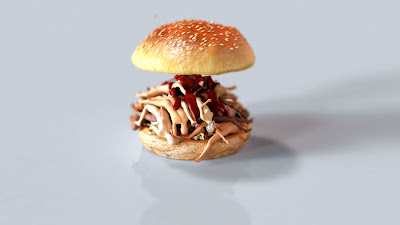ROBIN HOOD the PANTO, MOSSLEY MILL THEATRE, NEWTOWNABBEY on the 22nd of December 2025

ROBIN HOOD the PANTO, MOSSLEY MILL THEATRE, NEWTOWNABBEY on the 22 nd of December 2025 Aaron Ferguson as the Sherrif of Nottingham Yellow Jumper is a theatre group based in Belfast. Their new production is Robin Hood, a pantomime for Xmas based on well-known traditional material complete with pop songs and pop shows adapted into the panto’s texture. There’s nothing much that’s original about the panto’s material, but it cheerily adapts and transforms in a show that is fun entertainment for families. Tiarnan McCarron as Robin Hood The tone of the piece is brash and confident as it retreads the traditional panto format. Audience participation was encouraged and this is what made it a fun evening. Members of the audience were brought up to the stage to do their bit and the audience, including this reviewer, were sprayed with water as the Sherrif of Nothingman and Robin Hood fought it out in the auditorium. The audience were cle...
%20Patrick%20O'Kane%20as%20Liam%20and%20Anna%20Healy%20as%20Edel.%20Photography%20By%20Ciaran%20Bagnall.jpg)



